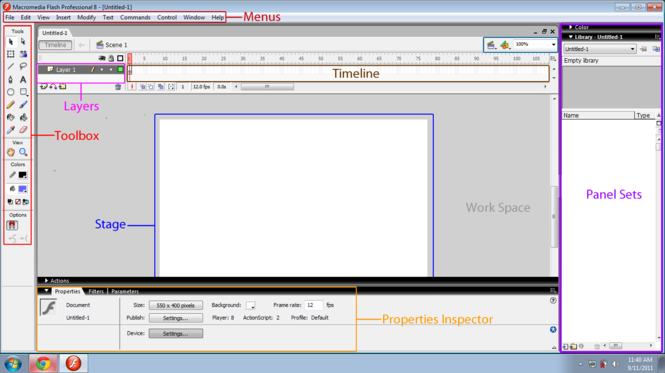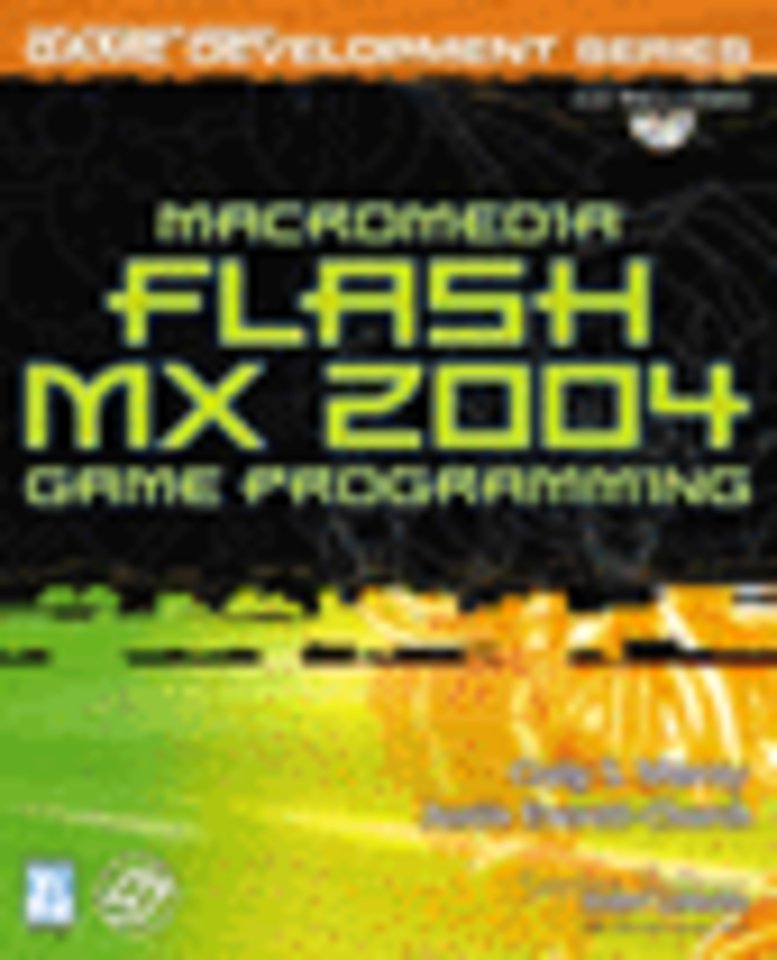

Is entirely up to you they're all CSS-driven. Yourself toggling submenus over and over again just for fun. Toggle-O-Matic menus are so simple, fast, and chic that you'll find In Dreamweaver MX 2004, or you can find a style of your very own. So if your heartĭesires, you can style your Toggle-O-Matic menus to look like the Panel groups Anyway, the look of Toggle-O-Matic menus is entirely configurable withĬSS, which is one reason why I really love these menus. Like its Panel groups instead, but the Dreamweaver MX style had grown on meĪlready. When I saw Dreamweaver MX 2004, I thought about changing the menus to look Much that I started using them on almost immediately. Realized that the Panel groups would make a nice little menu system, one thatĪny Dreamweaver user could relate to and navigate easily. When Dreamweaver MX came out, we took one look and Happy with our navigational system because it wasn't very user friendly and She is also the co-author ofĭreamweaver MX 2004 Killer Tips and Dreamweaver MX Killer Tipsĭan Short and I were faced with redesigning, and neither of us were She continues to run today with Daniel Short. Buraglia is perhaps best known as the founder ofĭ, a site dedicated to serving the Dreamweaver community which Chapter 4: Contribute 2 and Other Macromedia Products. Chapter 8: Integrating ColdFusion MX 6.1 Developer Edition with Other Macromedia Products. Chapter 7: Advanced Features in ColdFusion MX 6.1 Developer Edition. Chapter 6: Using Databases with ColdFusion MX 6.1 Developer Edition. Chapter 5: Variables, Functions, and Structured Data. Chapter 3: ColdFusion MX 6.1 Developer Edition Basics.

Chapter 2: Working with the ColdFusion Administrator. Chapter 1: Introduction to ColdFusion MX 6.1 Developer Edition. Book VI: ColdFusion MX 6.1 Developer Edition. Chapter 10: Integrating Macromedia Flash MX 2004 with Other Macromedia Products. Chapter 9: Creating Interfaces with Components and Forms. Chapter 8: Getting Interactive with ActionScript. Chapter 4: Making Your Life Easier with Layers. Chapter 1: Introduction to Macromedia Flash MX 2004. Chapter 7: Integrating FreeHand MX with Other Macromedia Products. Chapter 6: Exploring the Color Management Tools. Chapter 5: Transforming Text, Shapes, and Images. Chapter 4: Creating Illustrations with FreeHand MX. Chapter 3: Using the FreeHand MX Text Tools. Chapter 2: Understanding FreeHand MX Basics. Chapter 8: Integrating Fireworks MX 2004 with Other Macromedia Products. Chapter 7: Advanced Fireworks MX 2004 Tools. Chapter 6: Slicing Up Content for the Web. Chapter 5: The Power of Layers and Frames. Chapter 4: Transforming Text, Shapes, and Images. Chapter 3: Working with Text, Shapes, and Images. Chapter 1: Introduction to Fireworks MX 2004. Chapter 8: Integrating Dreamweaver MX 2004 with Other Macromedia Products. Chapter 7: Advanced Web Page Design Techniques. Chapter 6: Using ColdFusion MX 6.1 Developer Edition in Dreamweaver MX 2004. Chapter 4: Punching Up Your Pages with Forms and Frames. Chapter 3: Creating and Using Dreamweaver Sites. Chapter 1: Introduction to Dreamweaver MX 2004. Chapter 4: Best Practices for Web Development. Chapter 3: Choosing the Right Tools for the Job. Chapter 1: Why Build a Web Site? Chapter 2: Developing Web Content. Book I: An Introduction to Building Web Sites.


 0 kommentar(er)
0 kommentar(er)
